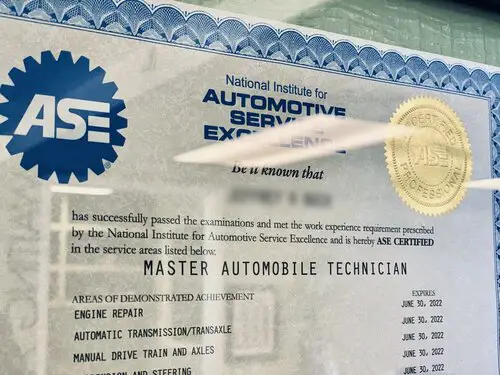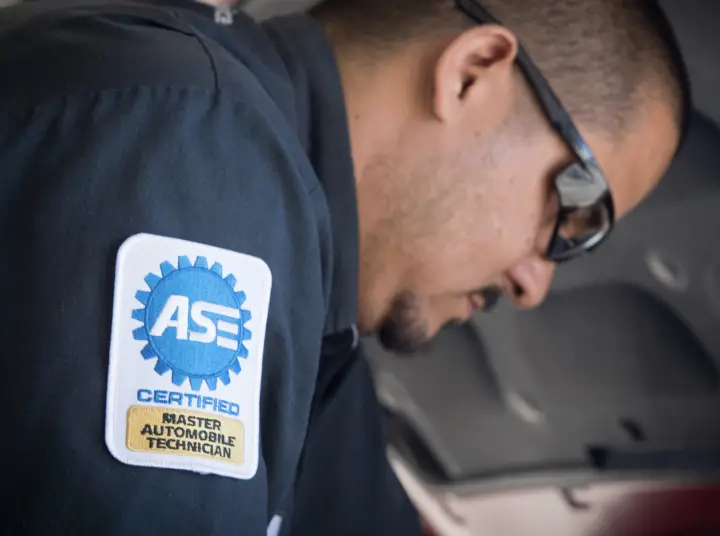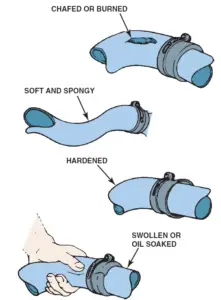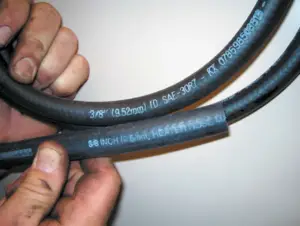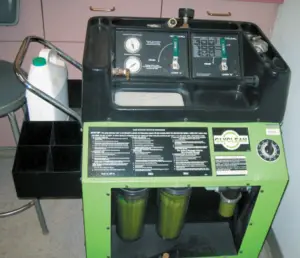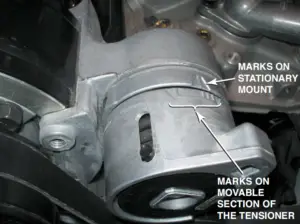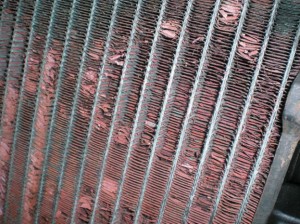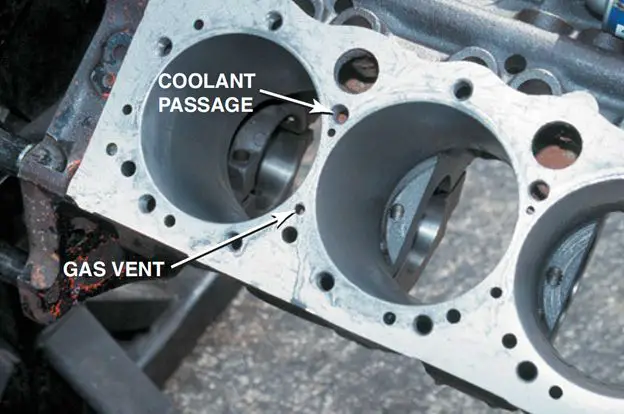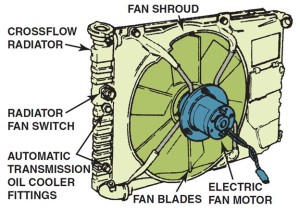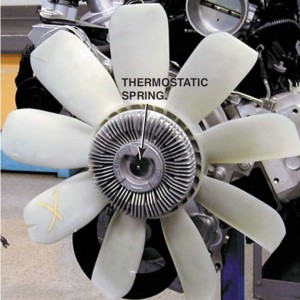
Approximately two out of three technicians (67%) pass their ASE exam on their first attempt. But by taking practice tests and following study guides, the rate of passing jumps to over 80%. The tests questions can be tricky, but all questions are multiple choice. If you have the required 2 years of hands-on experience and you are a “good test taker,” you should have no problem passing the tests on your first try.
With over 50 ASE certification tests available, it may feel overwhelming when deciding which tests to tackle first. I’d recommend to start with some of the easier ASE tests (Spoiler Alert: A5 – Braking Systems is a popular choice!) and then work your way to the most difficult. This way you can get a feel for the types of questions and format of the questions and answers early on.
I often hear a lot of the same questions from aspiring technicians who are a little nervous about taking the ASE certification tests. Here is some information that might be able to help you feel confident about registering for the tests:
What is the easiest ASE test?
We put out a survey to over 100 ASE Master Automotive Technicians, asking them to rank the A1-A8 tests in order of easiest to hardest. The results of the survey named a clear winner for “Easiest ASE Test,” and that is the A5 Braking Systems test.
Here are the full results of the survey with all of the A1-A9 tests ranked from Easiest to Hardest:
| Test # | Test Name | Ranking | Number of Questions | # of Correct Answers to Pass (>70%) |
|---|---|---|---|---|
| A5 | Brakes | #1 (Easiest) | 55 | 39 |
| A7 | Heating and Air Conditioning | #2 | 60 | 42 |
| A1 | Engine Repair | #3 | 60 | 42 |
| A8 | Engine Performance | #4 | 60 | 42 |
| A3 | Manual Drive Train and Axles | #5 | 50 | 35 |
| A6 | Electrical / Electronic Systems | #6 | 60 | 42 |
| A4 | Suspension and Steering | #7 | 50 | 35 |
| A2 | Automatic Transmission / Transaxle | #8 | 60 | 42 |
| A9 | Light Vehicle Diesel Engines | #9 | 60 | 42 |
I recommend trying to take the exams in the order of your own experience. You should first register for the area that you have the most experience and knowledge of so that you can get that confidence boost going into your first test. If you feel confident in multiple areas, then I’d recommend registering for the easier tests first (see table above).
By starting with the area you have the most experience in and/or “easiest” ASE test, you can know what to expect for future exams that may be a little more difficult or in areas that you’re not as confident in. Many technicians find they are able to “crack the code” of the multiple choice questions by recognizing patterns in the types of content being tested on and how the test writers want you to answer. Many test takers also begin to develop a “rhythm” in understanding the content areas of the test as a whole and the pacing they need to complete all of the questions.
Lastly, and possibly most importantly, as you take more and more tests, you will gain confidence and feel less nervous the more experience you get. By your 3rd or 4th exam, you will be an expert test taker and many technicians report that their nervousness is completely gone!
What is the hardest ASE test?
By far the most difficult test according to our survey respondents was the A9 Test for Light Vehicle Diesel Engines. The reason that technicians gave for the A9 test being the hardest was that it is more difficult to get experience on Diesel engines since they are less common, especially in the United States.
Most technicians are working at a shop that primarily services gasoline combustion engines since diesel engines fell out of popularity in the late 90’s due to tightening emissions standards. Therefore, diesel engines can be considered more specialized. However, in the early 2000’s and on, diesel engines have started to gain popularity once again, which can definitely help you get the experience you need to ace the A9 exam!
The other good news is that the A9 test certification is NOT required in order to get your ASE Master Automotive Technician certification – only the first 8 tests in the A Series, A1 – A8 are required to be able to achieve Master Automotive Technician certification.
What Score is needed to pass the ASE test?
To pass the ASE exam, you need to get at least 70% of the questions correct. For example, the A2 Transmission & Transaxle exam has 60 questions. You would need to get 70% x 60 = 42 questions or more correct in order to pass. This means you can miss up to 18 questions and still pass the exam.
Another example is the A5 Brakes test, which has 55 questions. You need to correctly answer 70% x 55 = 39 questions in order to pass the test. You may miss up to 16 questions and still pass.
What happens if I fail an ASE test?
It can happen to anyone – sometimes you just get unlucky with the questions or you just had a bad night’s sleep beforehand, but failing an ASE exam is just a minor setback. There is no need to worry! The only thing you need to do is to wait at least 30 days before attempting to register again and re-take the exam.
Don’t be too hard on yourself! The most important thing is to keep taking steps towards your ASE certification and not to give up. Be sure to take advantage of our FREE ASE practice tests and read reviews of our most recommended study guides to help you pass the exams, and I have confidence that you’ll be ASE certified in no time!

Study, Study, Study!
Perhaps the biggest “secret” to passing even the most difficult ASE tests is to study, study, study! The two biggest factors in passing challenging ASE tests are:
1. The number of years of experience the technician has
2. How much the technician has studied for the exam.
To feel 100% confident in passing, a combination of both experience and studying is highly recommended. Practice makes perfect, and there are two main tools at your disposal.
Practice Tests
The first tool is pushing yourself to take as many practice tests as possible. Practice tests allow you to get a great feel for how the test questions will be asked on the day of your exam. By thinking through the problems in detail, you can begin to recognize what areas you will ace, and what areas you can do a little more studying in.
We have written completely FREE ASE practice tests that you can take to practice for the exam. After submitting your answer, you will immediately see whether you were correct and also an explanation for the correct answer. You can repeat the tests as many times as you would like until you are ready to pass!
Here is an example quiz question from our FREE ASE practice tests:
Your Score:
Your Ranking:
Was this quiz question helpful? If so, browse our entire library of FREE ASE practice tests here.
Study Guides
Another extremely helpful tool to help you ace the exam are to purchase or borrow study guides. They will help to cover all of the possible subjects that will be covered in each exam as well as give you tips on how the questions will be worded. Many technicians always say that they find study guides to be the most valuable tool available.
Click here to read reviews of our most recommended study guides to help you ace the exams.
Another option for preparing to take the tests is to enroll in a local trade school or community college course to help brush up on your knowledge. Many students find these courses to be a very helpful supplement to their on-the-job experience. Just make sure that the school or course you enroll in is geared towards the ASE certification test and is at the appropriate level of difficulty for your experience and background.
Don’t Give Up!
Hopefully by taking on the easiest ASE tests first, you’ll be able to knock out a few tests and get a bunch of certifications under your belt before tackling the most difficult tests. Remember, everyone moves at their own pace, and don’t be too hard on yourself. Even if you fail a test here or there, if you keep making progress and keep your eye on the price, you’ll be certified as an ASE Master Technician in no time.
![ASE Certification Training HQ - Free ASE Practice Tests [Updated 2021]](https://asecertificationtraining.com/wp-content/themes/simplefolio/images/ASE Certification Logo.png)

